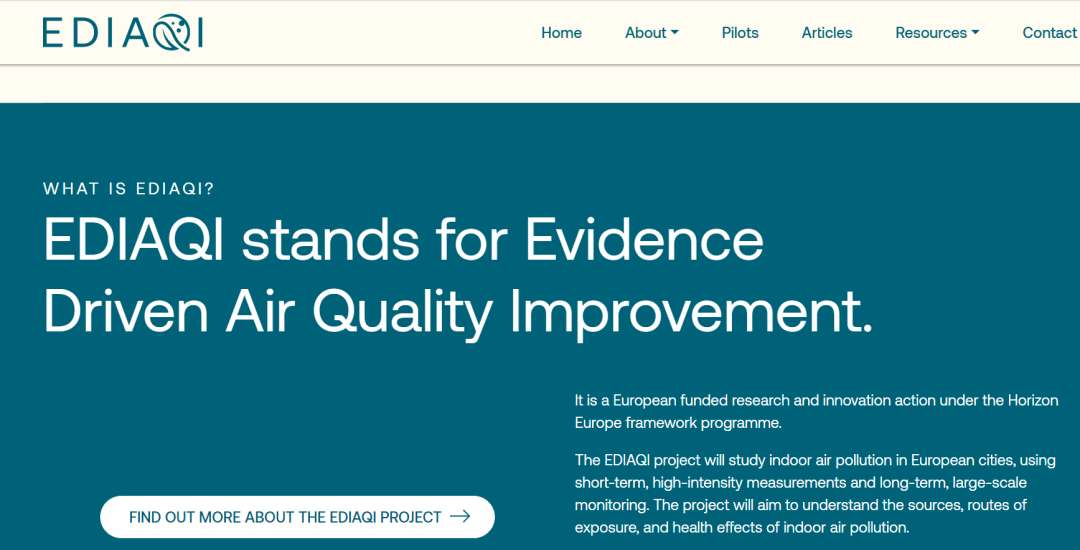Location(s)
Tags
SDG(s)
Sustainable Development Goal(s)
Powered by


SDG(s)
Sustainable Development Goal(s)
 3Good health and well-being
3Good health and well-being 11Sustainable cities and communities
11Sustainable cities and communitiesPlease be aware that the content herein is comprised of personal reflections, observations, and insights from our contributors. It is not necessarily exhaustive or authoritative, but rather reflects individual perspectives. While we aim for accuracy, we cannot guarantee the completeness or up-to-date nature of the content.
Images

Type of the Solution
Affected Sector
Description of the solution
Socio-economic effects
Type of Measure
4. awareness raising and knowladge sharing
Type of sub-measure
5. (none)
Who led the solution
Other
Timescale of implementation
Long-term (5 and above)
Other Notes
Links to the solution
Comments
Log in to add a comment or reply.